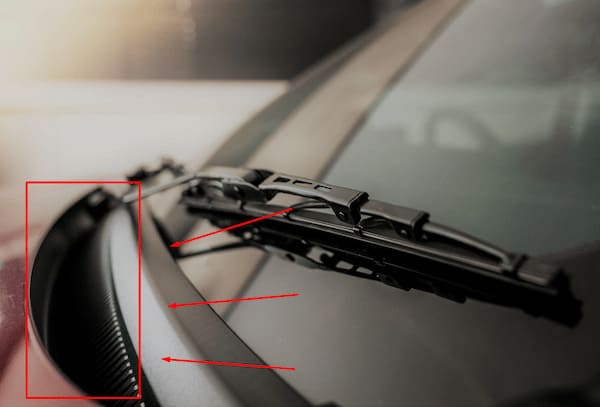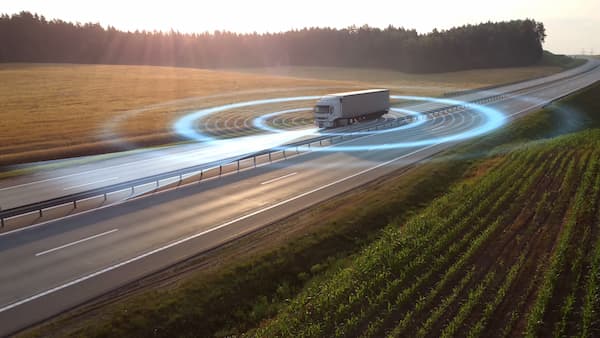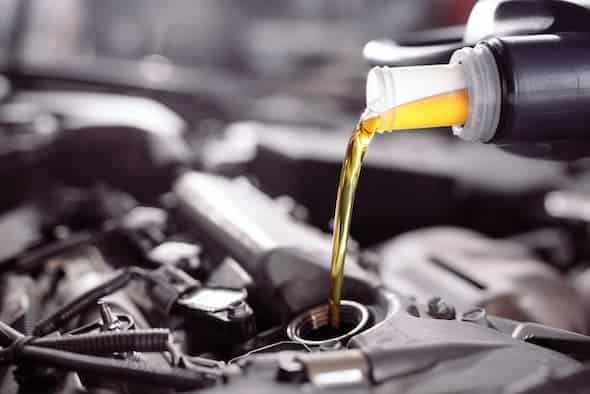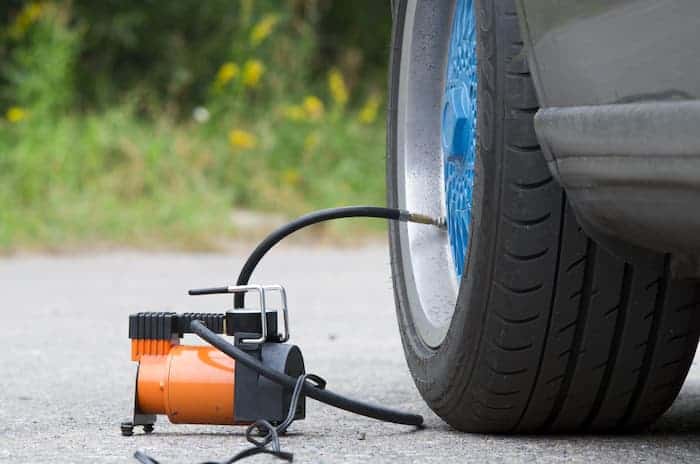Table of Contents
Toggle- what is a cowl
- where is the cowl on a car
- Different Types of Cowls
- what is the purpose of a cowl on a car
- Components of a Cowl
- Cowl Design and Construction
- Maintenance and Care
- Conclusion
- Can I clean the cowl with a pressure washer?
- How often should I inspect the cowl for damage?
- Can a damaged cowl affect the car's aerodynamics?
- Are there aftermarket cowls available for customization?
- Can I replace the cowl myself?
what is a cowl
Understanding the Basics
When it comes to understanding the various components of a car, it’s important to familiarize ourselves with the different parts and their functions. One such component is the cowl. In this article, we will delve into the world of automotive engineering and explore what a cowl is, its purpose, and its significance in the overall design of a car.
where is the cowl on a car

The cowl refers to the area of a car that lies between the windshield and the engine compartment. It acts as a protective cover for various components and systems, ensuring their proper functioning and safeguarding them from external elements.
Different Types of Cowls
There are two main types of cowls commonly found in cars: the cowl panel and the cowl vent. The cowl panel is a solid piece that extends from the base of the windshield to the rear of the hood, while the cowl vent incorporates openings for air circulation.
what is the purpose of a cowl on a car
Protection from External Elements
One of the primary purposes of a cowl is to shield the critical components under the hood from debris, such as dust, leaves, and water. By preventing these elements from entering the engine compartment, the cowl helps to maintain the proper functioning of the engine and other vital systems.
Enhancing Aerodynamics
In addition to protection, the cowl also plays a role in improving the car’s aerodynamics. Its design is carefully engineered to reduce air resistance and turbulence, allowing for smoother airflow over the windshield and the rest of the vehicle. This, in turn, contributes to better fuel efficiency and overall performance.
Drainage and Water Management
Another crucial function of the cowl is to manage water during rainfall or when washing the car. The cowl panel is designed with drainage channels and openings that direct water away from the windshield and prevent it from seeping into the engine compartment or the cabin, ensuring a dry and safe interior.
Components of a Cowl
Windshield Wipers
The cowl houses the mechanisms for windshield wipers. These wipers, located at the base of the windshield, are responsible for clearing rain, snow, and debris from the glass, providing the driver with clear visibility.
Air Intake Vents
Many modern cars feature air intake vents integrated into the cowl. These vents allow fresh air to enter the cabin, contributing to a comfortable and well-ventilated interior environment.
HVAC System
The cowl also accommodates the HVAC (Heating, Ventilation, and Air Conditioning) system components. This includes the intake and outlet vents for air circulation, ensuring proper climate control within the car.
Cowl Design and Construction
Materials Used
Cowls are typically made of durable materials such as plastic, fiberglass, or metal. The choice of material depends on factors like cost, weight, and desired aesthetic appearance. Modern car manufacturers strive to use lightweight materials that are both strong and resistant to corrosion, ensuring the longevity and reliability of the cowl.
Integration with the Body Structure
The cowl is an integral part of the car’s body structure. It is designed to seamlessly blend with the windshield, hood, and other adjacent components. The proper alignment and fit of the cowl contribute to the overall structural integrity of the vehicle.
Aesthetics and Styling
Apart from its functional aspects, the cowl also adds to the overall aesthetics and styling of the car. Automotive designers pay careful attention to the shape, contours, and finish of the cowl to ensure it complements the vehicle’s design language and creates a cohesive look.
Maintenance and Care
To ensure the longevity and optimal performance of the cowl, regular maintenance and care are necessary.
Cleaning the Cowl
Periodically cleaning the cowl helps remove dirt, grime, and debris that can accumulate over time. A gentle cleaning solution and a soft cloth or sponge can be used to clean the exterior surface of the cowl. It’s essential to avoid using abrasive materials or harsh chemicals that can damage the cowl’s finish.
Inspecting for Damage
Regularly inspecting the cowl panel for any signs of damage is crucial. Look for cracks, dents, or loose components that may compromise the cowl’s functionality or affect its ability to protect the engine compartment. If any damage is detected, it should be addressed promptly to prevent further issues.
Replacing or Repairing the Cowl
In cases of significant damage or wear, the cowl may require replacement or repair. It is recommended to consult a professional mechanic or body shop for proper assessment and necessary repairs. They can ensure that the new cowl is correctly installed and aligned with the rest of the car’s structure.
Conclusion
The cowl plays a vital role in protecting the engine compartment, enhancing aerodynamics, and managing water on a car. Its design, materials, and integration with the body structure are carefully engineered to ensure optimal functionality and aesthetics. Regular maintenance and care help prolong the lifespan of the cowl, ensuring its continued performance.
Can I clean the cowl with a pressure washer?
It is generally not recommended to use a pressure washer on the cowl as the high pressure can damage the components or force water into unwanted areas.
How often should I inspect the cowl for damage?
It’s a good practice to inspect the cowl during regular maintenance intervals or whenever you notice any signs of damage or malfunction.
Can a damaged cowl affect the car's aerodynamics?
Yes, a damaged or misaligned cowl can disrupt the airflow around the car, leading to increased air resistance and potentially affecting fuel efficiency.
Are there aftermarket cowls available for customization?
Yes, there are aftermarket cowls available in various designs and materials that allow for customization and personalization of the car’s appearance.
Can I replace the cowl myself?
While some minor repairs or replacements can be done by car enthusiasts, it is generally recommended to seek professional assistance for proper installation and alignment of the cowl




